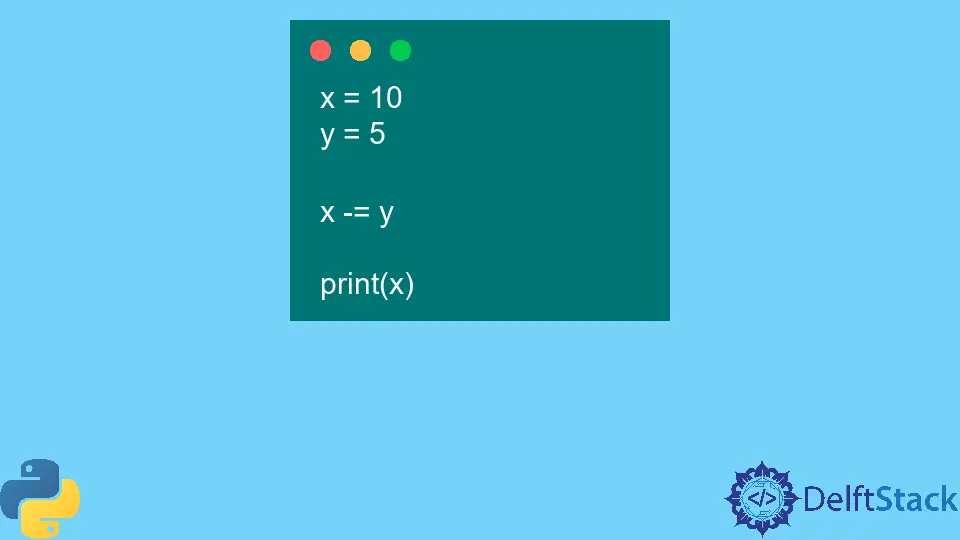Python 中的赋值运算符
Lakshay Kapoor
2021年10月2日

编程中有很多时候我们必须为各种变量赋值。在 Python 中,有不同的赋值运算符来完成这些类型的任务。你可以在 Python 中使用两种类型的赋值运算符:简单赋值运算符(如 =)和复合赋值运算符(如 += 和 -=)。
本教程将介绍什么是 -= 赋值运算符在 Python 中。
Python 中的 -= 运算符
-= 运算符是 Python 中的递减赋值运算符。它从左侧的运算符中减去右侧的操作数,最后将所得差值分配给左侧的操作数。
因此,我们可以说 c -= 10 类似于 c = c - 10。
现在让我们看看如何在 Python 中使用 -= 运算符。
x = 10
y = 5
x -= y
print(x)
输出:
5
这里,x -= y 语句的意思是 x = x - y,即 x = 10 - 5,等于 5。
就像 -= 运算符一样,有许多不同类型的复合赋值运算符,例如 +=、*=、/=、&= 和 |= 有助于执行所有操作算术运算、布尔运算等的基本类型。
作者: Lakshay Kapoor
Lakshay Kapoor is a final year B.Tech Computer Science student at Amity University Noida. He is familiar with programming languages and their real-world applications (Python/R/C++). Deeply interested in the area of Data Sciences and Machine Learning.
LinkedIn